break-pads
brake pads are a vital part of the braking system, responsible for creating the friction needed to slow down and stop a vehicle safely. They come in different materials, each with its own advantages and disadvantages, and must be regularly inspected and replaced to ensure proper braking performance and safety.
- Free Wordwide Shipping
- 30 Days Return
- Member Discount
Brake pads are a critical component of the braking system in vehicles, including cars, trucks, and motorcycles. They play a crucial role in slowing down and stopping the vehicle when the brakes are applied. Here is a description of brake pads and their function:
1. Composition: Brake pads are typically made of a high-friction material that can withstand significant heat and pressure. The most common materials used in brake pad construction are:
– Semi-Metallic: These brake pads contain a combination of metal shavings, such as steel or copper, along with organic materials and friction modifiers.
– Ceramic: Ceramic brake pads are composed of ceramic fibers, non-ferrous filler materials, and a bonding agent. They are known for their relatively quiet operation and low dust production.
– Organic: These pads are made from a mixture of organic materials like rubber, kevlar, and glass. They tend to be quieter but may wear out faster.
– Low-Metallic NAO (Non-Asbestos Organic): These brake pads are a combination of organic materials and a small percentage of metal, typically copper or steel.
2. Function: Brake pads are positioned inside the brake caliper and are in direct contact with the brake rotor (disc). When the brake pedal is pressed, hydraulic pressure is applied to the caliper, which squeezes the brake pads against the rotating brake rotor. This friction between the brake pads and the rotor generates heat and resistance, which slows down and eventually stops the vehicle.
3. Friction and Heat: Brake pads are designed to create friction, which converts the kinetic energy of the moving vehicle into thermal energy. This heat is dissipated into the surrounding air. However, it’s important that the brake pads can handle this heat without overheating, as excessive heat can lead to reduced braking efficiency and even brake fade.
4.Wear and Replacement: Over time, brake pads wear down due to the friction and heat they generate. It’s important to monitor the thickness of the brake pads, and they should be replaced when they reach a certain minimum thickness to maintain safe braking performance. Regular maintenance and inspections are crucial for safety.
5. Types: There are various types of brake pads available in the market, each with its own characteristics, including performance, longevity, and noise levels. The choice of brake pad type often depends on the vehicle’s use and the driver’s preferences.

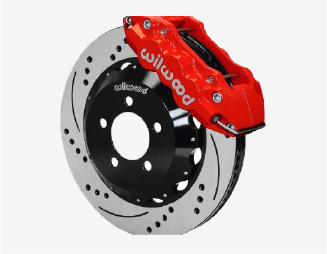
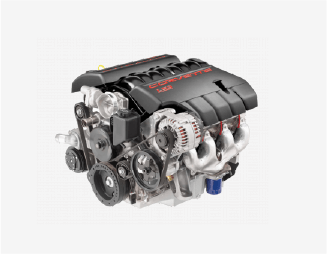
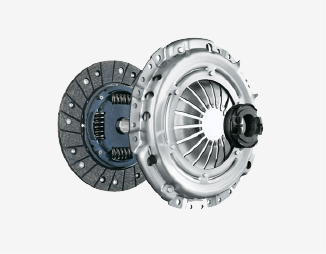

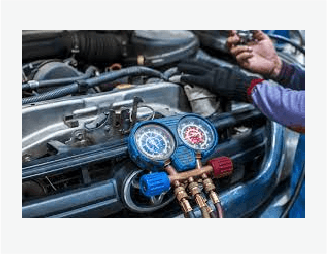
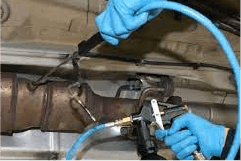
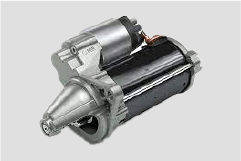

Reviews
There are no reviews yet.